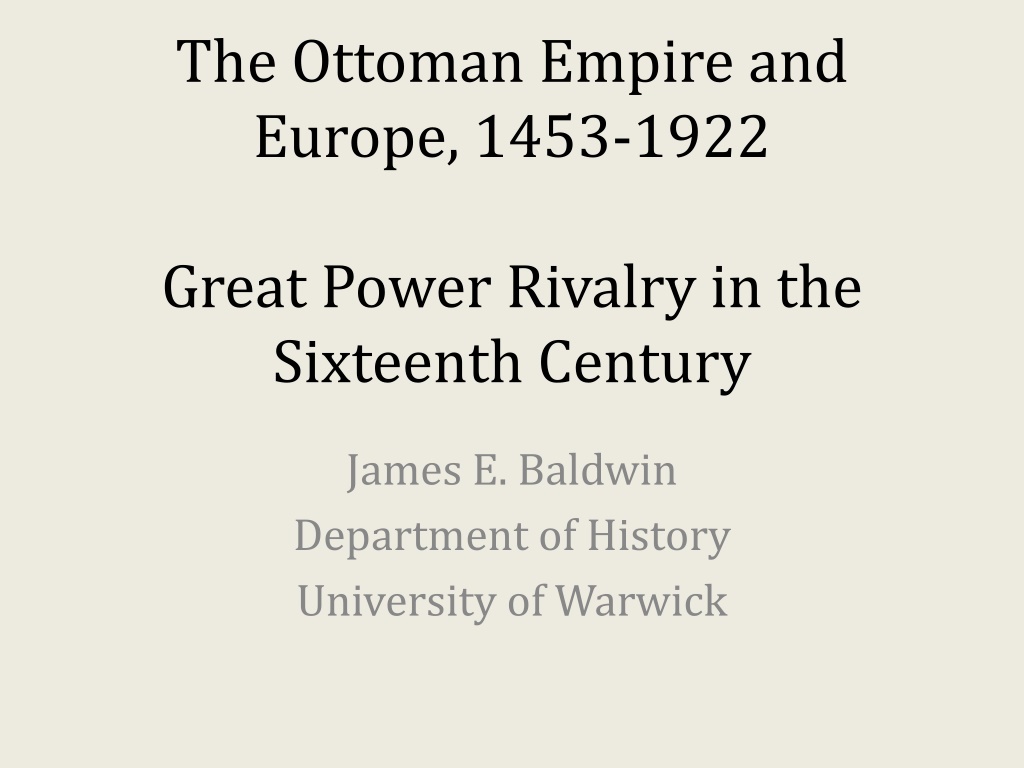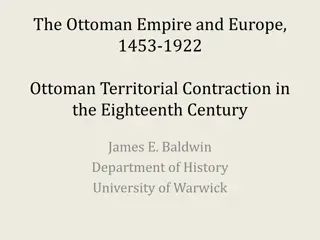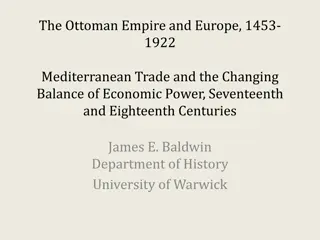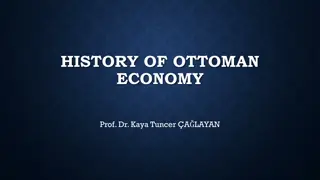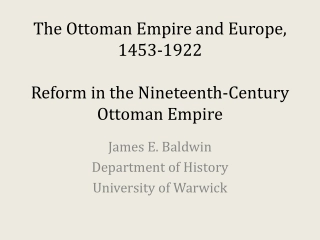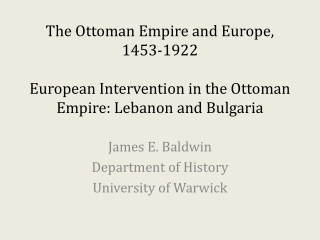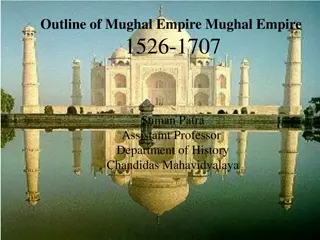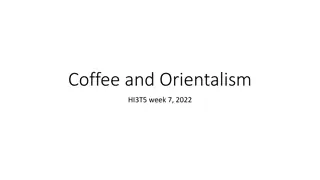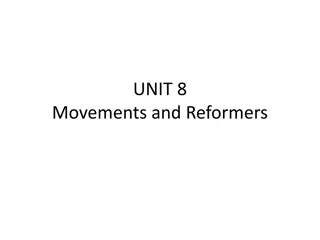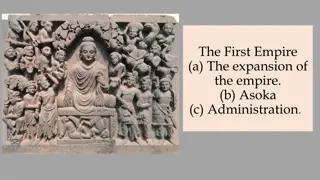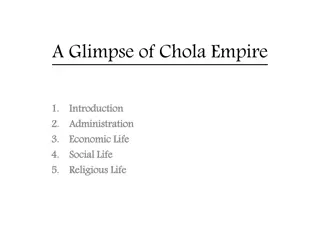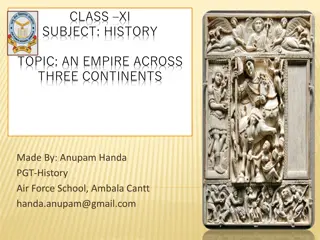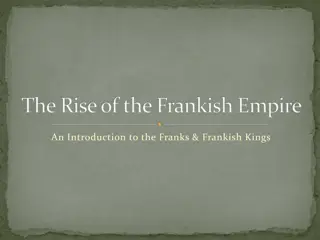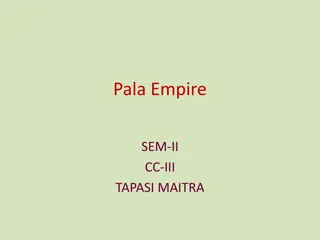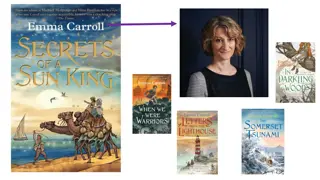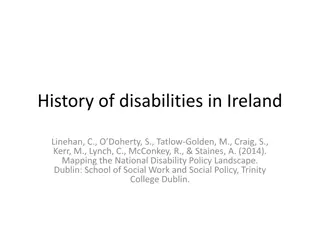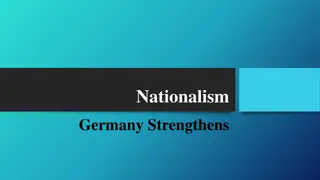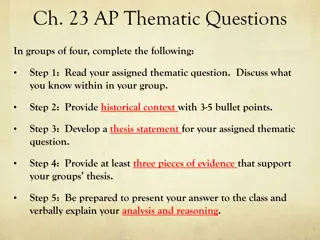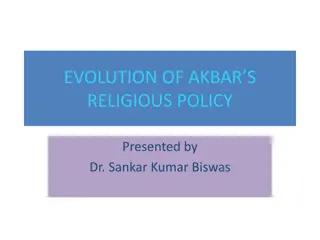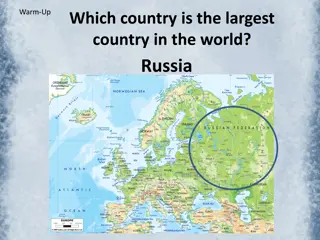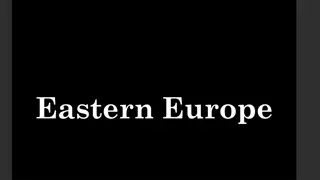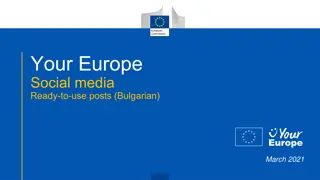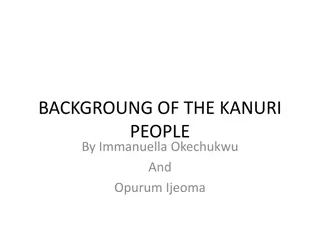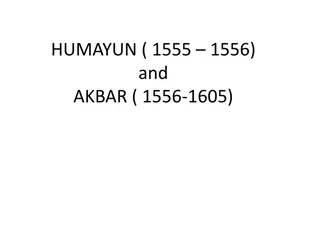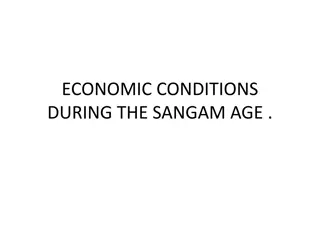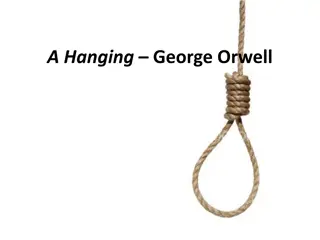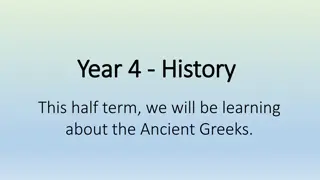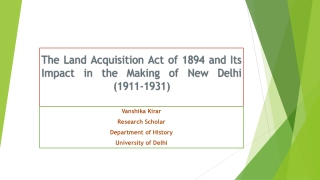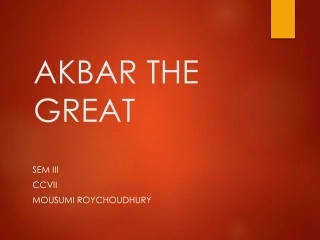The Ottoman Empire and Europe, 1453-1922
The interaction between the Ottoman Empire and European powers, including the Habsburgs, Safavids, Mamluks, and Russia, shaped the geopolitical landscape of the 16th century. This period saw Ottoman expansion, clashes between different empires, and complex motivations behind territorial conquests, involving religious, strategic, and internal political factors.
Download Presentation

Please find below an Image/Link to download the presentation.
The content on the website is provided AS IS for your information and personal use only. It may not be sold, licensed, or shared on other websites without obtaining consent from the author. Download presentation by click this link. If you encounter any issues during the download, it is possible that the publisher has removed the file from their server.
E N D
Presentation Transcript
The Ottoman Empire and Europe, 1453-1922 Great Power Rivalry in the Sixteenth Century James E. Baldwin Department of History University of Warwick
The Ottomans Imperial Rivals in the Sixteenth Century The Habsburgs: Charles V amassed territories far larger than the Habsburg monarchy, across Europe and the Americas The Safavids: a Turkic dynasty based in Iran, posing an ideological threat as Shi ites The Mamluks: political system based on slave soldiers, ruling the Arab world and the holy cities of Islam Russia: emerging as an imperial power in the second half of the century, threatening the Ottomans from the north
Ottoman expansion after the conquest of Constantinople Mehmed II: further aggressive expansion in Peloponnese, Bosnia, Crimea, Wallachia, Italy Bayezid II: little expansion; rebellion of Cem Sultan, border wars with Mamluks and Poland but no territorial gain Selim I: focus on eastern expansion against Safavids; conquers Mamluk Sultanate Suleyman I: focuses attention west, mainly against Habsburgs in Hungary
Was this a clash between Christendom and Islamdom? Religious rhetoric undoubtedly important, on both sides, but was religion an important motivating factor? Most expansion in 16thcentury directed against Muslim states: this required legal justification with sometimes tortuous logic Geostrategic considerations significant in both eastward and westward expansion Suleyman s westward turn motivated by internal politics: the army was fed up with fighting in the east
Christian-Muslim alliances Although religion dominated the rhetoric of international relations, alliances between Christian and Muslim states were common despite being controversial Formal Ottoman-French alliance began in 1530s; they had common enemy in Habsburgs Less formal Habsburg-Safavid alliance began in 1510s; they had common enemy in Ottomans
Universal empire a common concept? Both Charles V and Suleyman I sought to present themselves as universal emperors Millenarianism common to Christians and Muslims at the time: both Charles and Suleyman seen as the Last World Emperor who preceded the end days Common symbols of universal rulership: the Roman Empire, Alexander the Great
